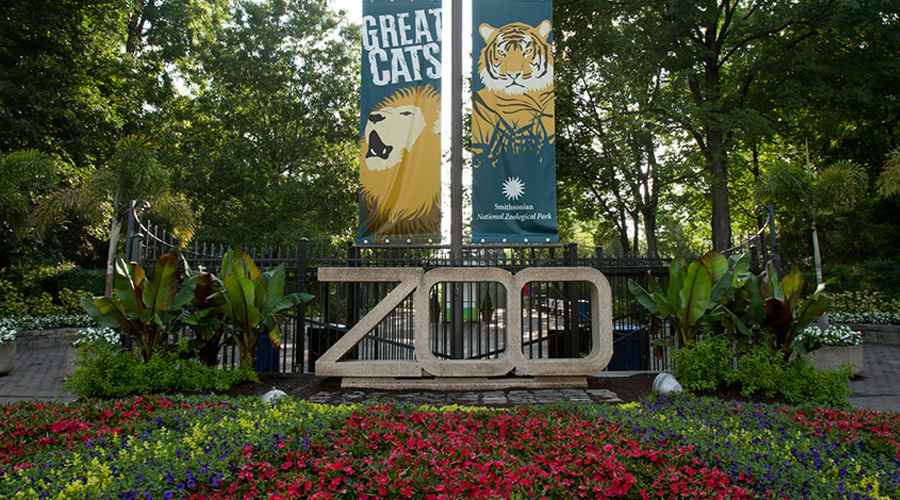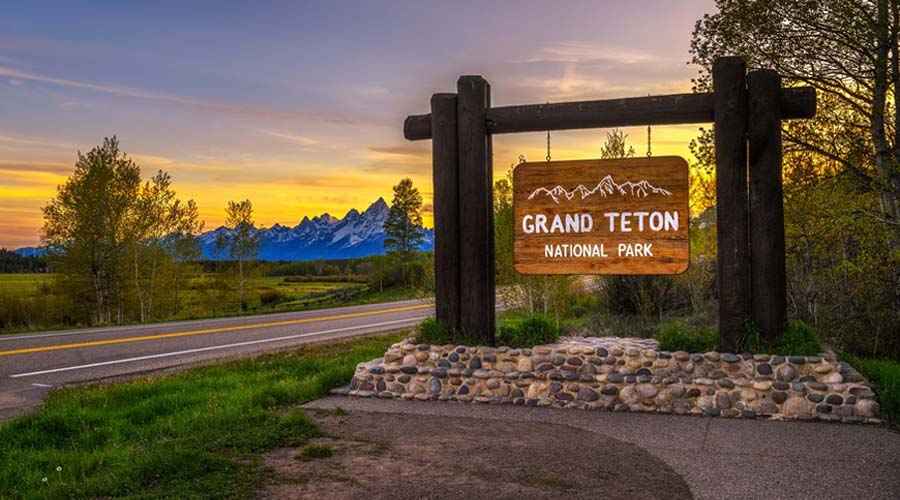India is home to some of the most spectacular wildlife reserves in the world, each showcasing the country’s incredible ecological diversity. From tropical forests in the south to Himalayan highlands in the north, national parks in India protect countless species of plants and animals while offering travelers a glimpse into untamed landscapes. Among them, Hemis National Park in Ladakh stands out as the largest national park in India. Spread across an awe-inspiring 4,400 square kilometers, it is not only vast but also unique in its setting, biodiversity, and cultural heritage.
Location and Landscape
Hemis National Park lies in the eastern Ladakh region of Jammu and Kashmir, in the northernmost part of India. Established in 1981, the park is nestled within the high-altitude cold desert of the Trans-Himalayas. Unlike many other Indian national parks, Hemis does not have dense jungles or lush grasslands. Instead, it is characterized by rugged mountains, barren cliffs, alpine meadows, and river valleys, making it stark yet breathtakingly beautiful.
The park is situated at elevations ranging from 3,300 meters (10,800 feet) to over 6,000 meters (20,000 feet) above sea level. Its altitude and terrain make it one of the most extreme protected areas in India, with freezing winters, thin air, and little vegetation. Yet, life thrives here in ways that are both surprising and extraordinary.
The Home of the Elusive Snow Leopard
Hemis National Park is world-famous as the Snow Leopard Capital of the World. This elusive predator, with its thick fur and long tail, is perfectly adapted to the harsh environment of the Himalayas. India is home to around 500–600 snow leopards, and Hemis National Park is believed to host one of the highest densities of this endangered cat.
Spotting a snow leopard in the wild is an unforgettable experience, though it requires patience, stamina, and sometimes sheer luck. Winter, particularly between January and March, is considered the best time to see them, as they descend to lower altitudes in search of prey. Wildlife enthusiasts and photographers from across the globe flock to the park during these months for a chance to witness the “ghost of the mountains.”
Rich Wildlife Beyond the Snow Leopard
While the snow leopard is the star attraction, Hemis National Park shelters a wide array of other fascinating species. Among its wild residents are:
- Himalayan Wolf – a rare and ancient subspecies of wolf adapted to the high-altitude climate.
- Eurasian Brown Bear – found in the alpine meadows and valleys during summer months.
- Red Fox – agile and intelligent, often spotted near human settlements.
- Blue Sheep (Bharal) – the main prey of snow leopards, these goat-like animals blend perfectly with the rocky cliffs.
- Argali (Great Tibetan Sheep) – one of the largest wild sheep species in the world.
- Ladakh Urial – a wild sheep with striking curved horns.
The park is also a paradise for birdwatchers. Over 70 species of birds have been recorded here, including the Himalayan Snowcock, Golden Eagle, Lammergeier (Bearded Vulture), and various species of finches and accentors. The birds of prey, circling high above the cliffs, add drama to the already rugged scenery.
Vegetation and Climate
At first glance, Hemis National Park may appear barren, but it supports a surprising variety of alpine vegetation. The flora here is shaped by the cold desert climate, where temperatures can plunge to –30°C in winter. Common plants include junipers, willows, poplars, and several hardy shrubs and grasses. In summer, alpine meadows bloom with wildflowers, bringing splashes of color to the rocky terrain.
The park experiences extreme climatic conditions, with long, harsh winters and short, cool summers. Accessibility is limited during the colder months, which also helps protect the fragile ecosystem from heavy human disturbance.
Cultural Heritage Within the Park
Unlike most wildlife reserves, Hemis National Park is not uninhabited. Several villages lie within its boundaries, and local communities, mostly belonging to Buddhist traditions, have coexisted with the harsh environment and wildlife for centuries.
At the heart of this cultural landscape is the Hemis Monastery, one of the most famous monasteries in Ladakh. Belonging to the Drukpa lineage of Tibetan Buddhism, it is known for its annual Hemis Festival, which celebrates Guru Padmasambhava, the founder of Tantric Buddhism in Tibet. The festival, marked by vibrant mask dances and rituals, attracts visitors from around the world and adds a cultural dimension to the park’s significance.
Tourism and Adventure
Hemis National Park has become a magnet for adventure travelers, wildlife enthusiasts, and photographers. Some of the most popular activities include:
- Wildlife Safaris and Snow Leopard Tracking: Organized expeditions with expert guides increase the chances of spotting rare species.
- Trekking: Trails like the Markha Valley trek pass through parts of the park, offering spectacular views of snow-capped peaks and remote villages.
- Camping: Adventurers often camp in designated zones, braving the cold for the reward of starlit skies and Himalayan silence.
- Cultural Tours: Visiting monasteries and villages offers insights into the unique Buddhist way of life in Ladakh.
Tourism in the park is regulated to minimize disturbance to wildlife and ensure sustainable development.
Conservation Challenges
Despite its vast size and relative isolation, Hemis National Park faces several conservation challenges. Climate change poses one of the biggest threats, altering snowfall patterns and impacting the delicate balance between predator and prey. Increasing tourism, if not carefully managed, can also lead to habitat disturbance.
Local communities play a crucial role in conservation. Programs promoting eco-tourism, sustainable grazing practices, and community-based monitoring have helped reduce human-wildlife conflict. Several organizations collaborate with villagers to protect snow leopards, ensuring that conservation also benefits local livelihoods.
Why Hemis National Park Stands Out
What makes Hemis unique is not only its size but also its combination of extreme wilderness, rich biodiversity, and vibrant cultural heritage. Unlike tiger reserves or tropical forests, Hemis offers a completely different kind of experience—one of silence, snow, and survival in one of the toughest environments on Earth. It is a place where travelers witness the resilience of life, whether in the form of a snow leopard prowling the cliffs, a blue sheep grazing on sparse vegetation, or monks chanting in a centuries-old monastery.
Conclusion
As the largest national park in India, Hemis National Park is both a sanctuary of wildlife and a living cultural landscape. It demonstrates how nature and humans can coexist in harmony in one of the world’s harshest regions. For those seeking adventure, solitude, or a rare glimpse of the elusive snow leopard, Hemis is more than just a destination—it is an experience of awe and respect for the power of nature.
Protecting this high-altitude ecosystem is not just about saving rare animals; it is about preserving an entire way of life, a spiritual heritage, and a reminder that even in the most desolate places on Earth, life thrives in extraordinary ways.


